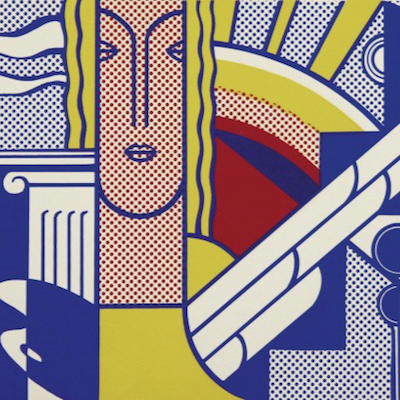
Details
Artist
Styles
Screenprint in colors. Tennis Player (1980) by Victor Vasarely is a vivid screenprint that merges the geometric rigor of Op Art with playful figuration. Constructed from undulating grids of pinks and purples, the figure of a stylized tennis player dynamically emerges against a structured background of orange and green tiles. Vasarely uses optical distortions to create a sense of depth and motion, giving the impression that the player is caught mid-serve, radiating energy. This print belongs to an edition of 300 plus artist’s proofs (EA), showcasing Vasarely's continual innovation within visual perception and form.
Tennis Player, 1980
form
Medium
Size
46 x 37 cm
- Inches
- Centimeters
Edition
Price
Details
Artist
Styles
Screenprint in colors. Tennis Player (1980) by Victor Vasarely is a vivid screenprint that merges the geometric rigor of Op Art with playful figuration. Constructed from undulating grids of pinks and purples, the figure of a stylized tennis player dynamically emerges against a structured background of orange and green tiles. Vasarely uses optical distortions to create a sense of depth and motion, giving the impression that the player is caught mid-serve, radiating energy. This print belongs to an edition of 300 plus artist’s proofs (EA), showcasing Vasarely's continual innovation within visual perception and form.
- Recently Added
- Price (low-high )
- Price (high-low )
- Year (low-high )
- Year (high-low )
What is late modernism?
Late Modernism refers to the continuation and evolution of Modernist principles in art, architecture, and literature from the mid-20th century into the late 20th century. This movement maintains a focus on form, abstraction, and the rejection of traditional styles, but it often incorporates more complexity and ambiguity compared to early Modernism. Late Modernism explores themes such as alienation, identity, and the fragmentation of reality, reflecting the social and cultural shifts of the post-war period. It is seen in the works of architects like Louis Kahn and artists like Francis Bacon, who pushed the boundaries of Modernism while responding to the changing world around them.




































































